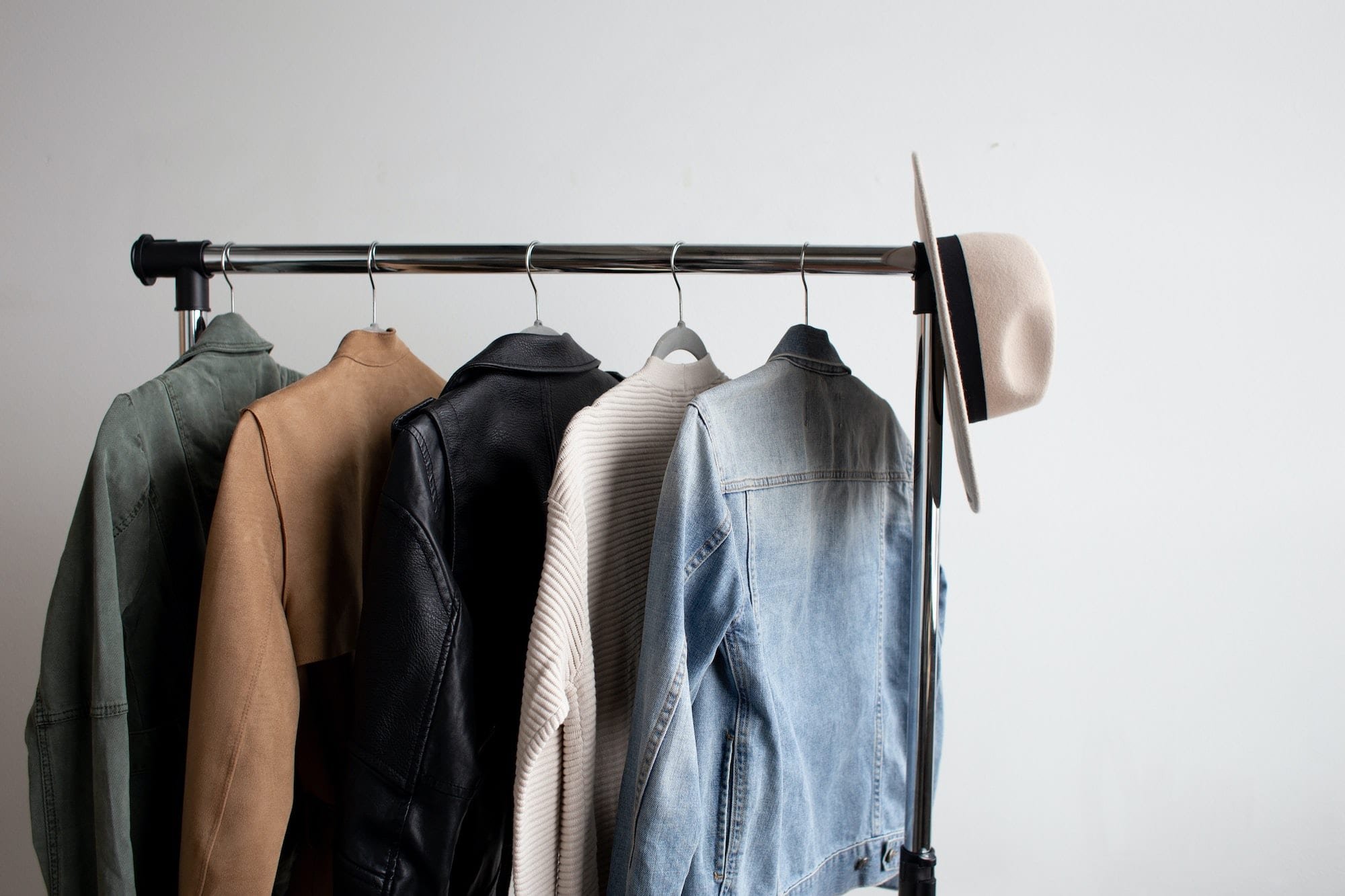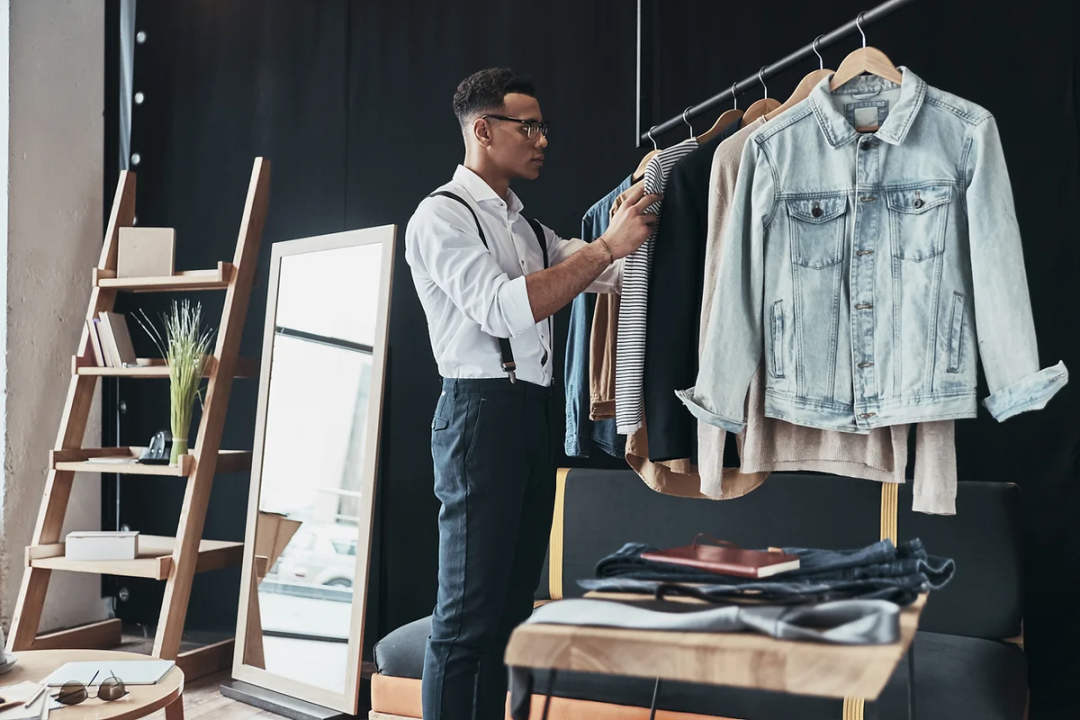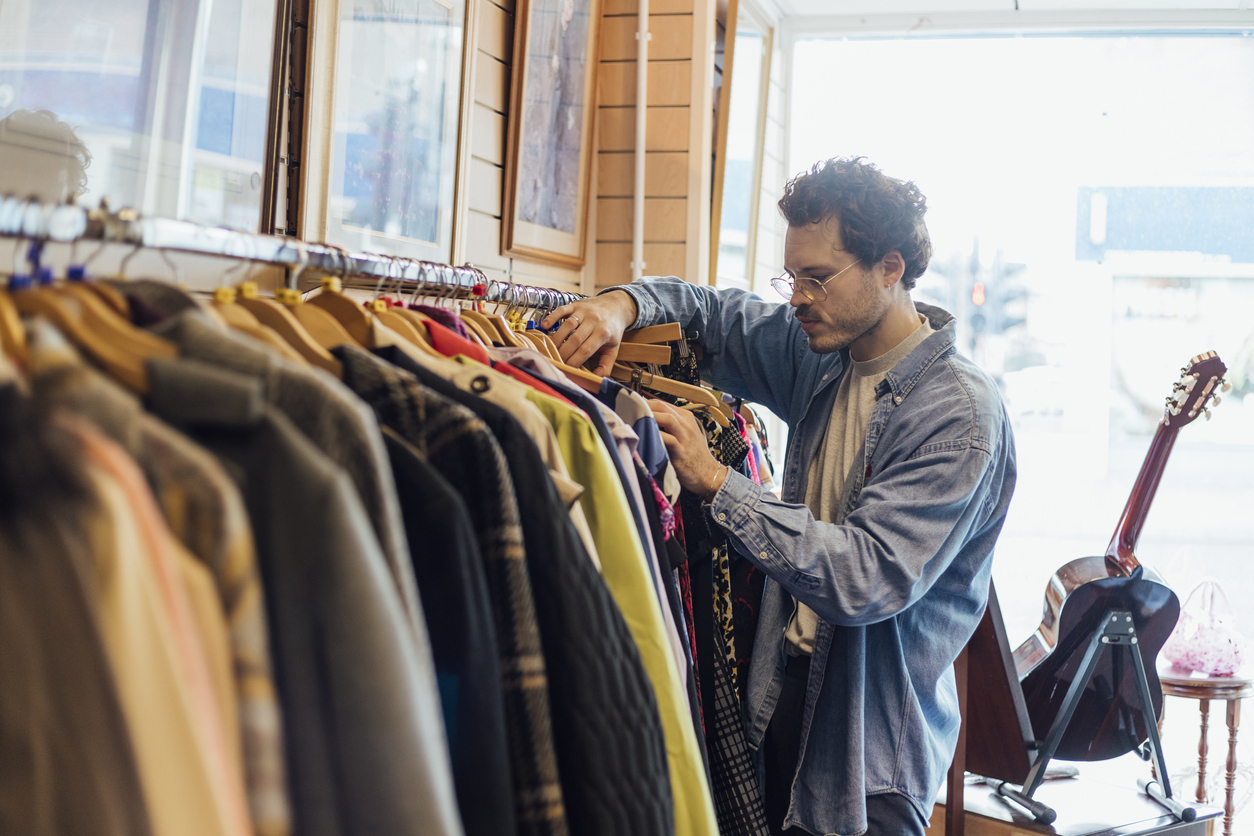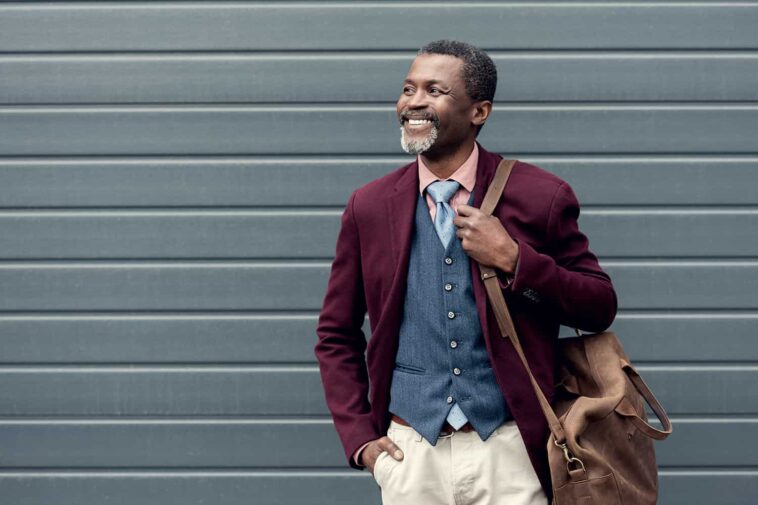Every man should possess certain fundamental items that form the foundation of a versatile wardrobe. The question is, what are those items? And how should they be purchased, organized, and worn for maximum versatility?
The Value of a Versatile Wardrobe

It’s tempting to want the biggest, best, or brightest wardrobe, but arguably, it’s even better to have a versatile one. These are just some of the reasons:
- Cost savings. When you focus on versatility, you reduce the total number of pieces that you have to have in your wardrobe. If you have one piece that can work for 10 different occasions, that’s inherently more valuable than having 10 pieces, with one piece per occasion. Even if you splurge on each piece you add to your wardrobe, you’ll save money in the long run, because you’ll buy fewer articles of clothing and accessories.
- Space savings. At the same time, prioritizing a versatile male wardrobe allows you to save on space. If you have a relatively small closet, or if you just like to live a minimalistic lifestyle, this is a huge advantage. Instead of walking past or browsing through dozens of different pieces that don’t suit your needs, you’ll have a smaller number of more functional, more viable options to choose from.
- An outfit for every occasion. Even large, lavish wardrobes sometimes leave you feeling like you have nothing to wear. That’s because many pieces and accessories are only suitable for a narrow range of possible events and occasions. But when you upgrade your wardrobe to be more accessible and versatile, you can conceivably have an outfit on hand for every occasion. You’ll no longer have to stress or worry that you’re not going to have something that fits.
Must-Have Staples for a Versatile Male Wardrobe

So, what are the most important staples for your versatile wardrobe?
- Classic leather shoes. Classic leather shoes are some of the most versatile additions you can add to your wardrobe. Leather is a timeless look, and that’s partially because leather is practically useful; it’s durable, yet flexible, it typically comes in natural, neutral colors, and it straddles the line between formality and informality perfectly. Accordingly, your leather shoes can work in a wide variety of different situations.
- A tailored black suit. A classic black suit is another must-have for most men, and ideally, you’ll choose one in black. Black is a color that can work in formal and professional settings, and it’s also neutral enough to be paired with clothes and accessories of other colors as well. Get it tailored so it fits you perfectly.
- A white Oxford shirt. A white Oxford shirt is formal enough to work for even the most serious, important settings, but it’s also comfortable enough to work in informal settings as well. The white color can be paired with anything, so simply make sure that your shirt fits you well.
- Fitted denim jeans. Jeans are a timeless look, and if you buy the right brand and take care of them properly, they can last you forever. Different styles of jeans flatter different types of bodies and people, so experiment to figure out which type of jeans works best for you.
- Mix and match blazers. You should also have a small selection of different blazers available in different colors. Ideally, you’ll be able to mix and match these with different trousers and different outfit styles.
- A quality watch (and other accessories). One of the most classic, elegant accessories that men can wear is a high-quality watch. You should also assemble some other tasteful accessories, like messenger bags, cufflinks, and sunglasses.
- Essential outerwear. A trench coat and a bomber jacket give you options, regardless of the weather. Choose neutral tones for these if you want them to work with the greatest number of possible outfits.
Choosing Better Essentials

These are some bonus tips to help you choose better essentials for your wardrobe:
- Prioritize quality over quantity. Generally, it’s better to invest in quality over quantity. While there are some exceptions to the rule, it’s mostly true that you get what you pay for in the fashion world; spending a bit more money on quality items can ensure those items last you much longer and look better when you wear them. This doesn’t mean that a $1,000 suit is automatically twice as good as a $500 suit – but it’s probably better to spend $500 on a suit that’s practically guaranteed to last a lifetime than to buy a $50 suit that’s going to look inferior and fall apart at the first sign of stress.
- Invest in the fit. In most cases, fit is the most important aspect of every piece of your wardrobe. You’re better off buying something inexpensive and tailoring it to fit you perfectly than buying the most expensive item on the rack, regardless of fit. Tailoring doesn’t cost much money, yet it can upgrade even the most entry-level pieces to look amazing on you. It’s not something you can afford to neglect.
- Add gradually. Don’t buy everything at once, even if you can afford to do so. It’s better to add gradually, so you can get a better feel for what you need and don’t need. In this approach, you’ll gradually come to refine your taste – and if your tastes change, you can gradually adjust your wardrobe accordingly. Additionally, it’s a good idea to remove gradually; as you discover “essentials” in your versatile wardrobe that no longer fit your interests or needs, you should remove them.
- Sort and organize. Spend time sorting and organizing your clothes and accessories. It’s much easier to find the perfect outfit for any occasion when your closet is in perfect order. Sort by formality, functionality, and color – and consider setting up a “mix and match” area where you can freely combine different pieces of your most important outfits.
- Clean out and refresh. Periodically, you should also clean out the items you no longer need and take inventory of items that need to be upgraded or refreshed. This keeps your wardrobe lighter, reduces your need for space, and allows your clothes and accessories to have a longer functional life.
If you follow this guide from beginning to end, you’ll have all the information you need to assemble a basic, versatile wardrobe that can last you nearly a lifetime. These essentials serve as an excellent foundation, so once you have it in place, you can begin experimenting with your styles and interests.




